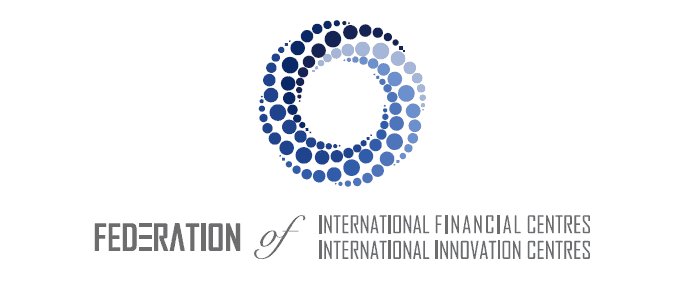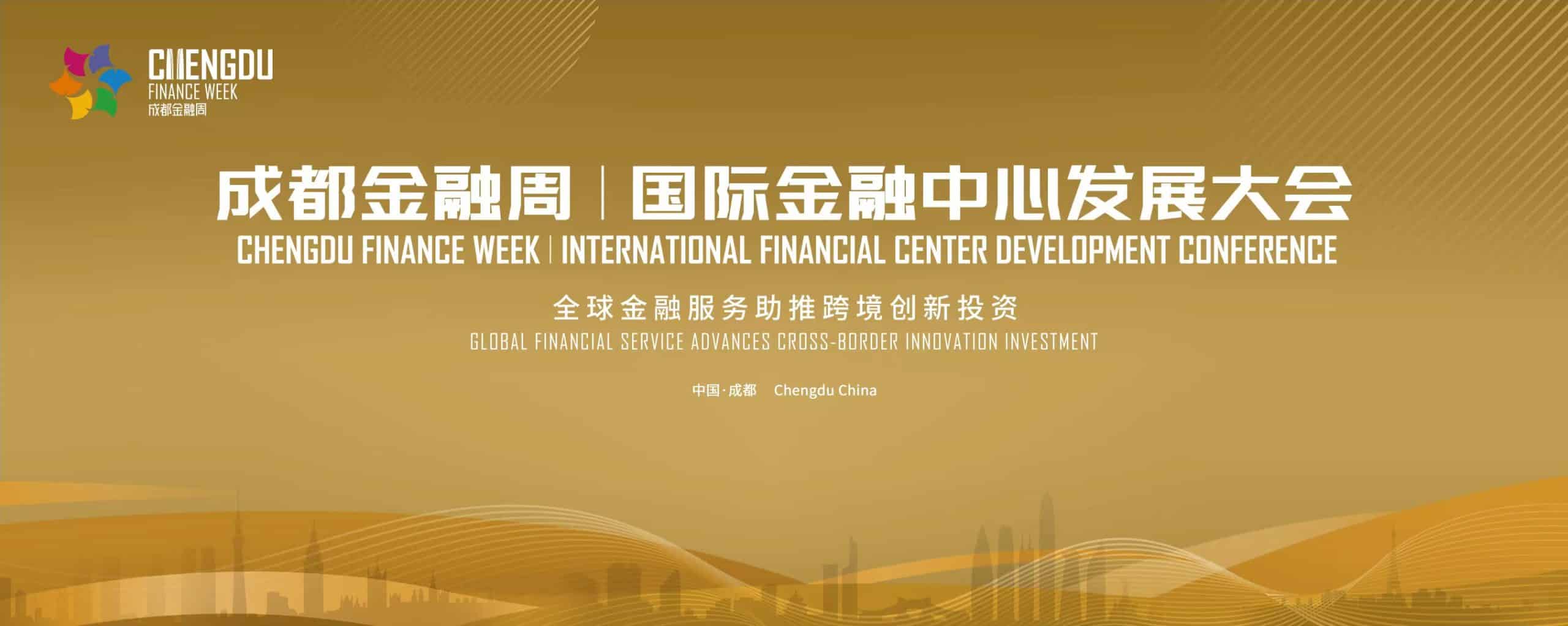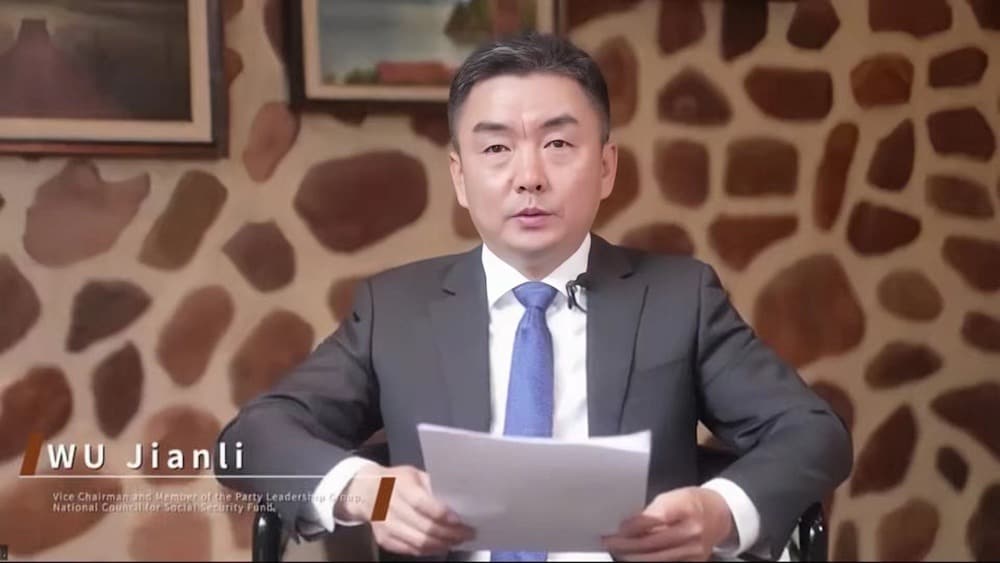
China aims to achieve carbon peaking by 2030 and carbon neutrality by 2060, which is a major strategic decision made with careful consideration by the CPC Central Committee with Comrade Xi Jinping. Achieving carbon peak and carbon neutrality is an inherent requirement for China to achieve sustainable and high-quality development, and an inevitable choice to promote the building of a community with a shared future for mankind. At present, the State Council of the CPC Central Committee has set up a leading group for carbon peaking and carbon neutrality, and is formulating a timetable and roadmap for the two goals, compiling an action plan for carbon peaking by 2030 and implementation plans for different sectors and industries, and formulating financial, price, tax, land, government procurement and standard guarantee plans, in order to accelerate the construction of the “1+N” policy framework for carbon peaking and carbon neutrality.
In the “1+N” framework, “1” refers to the “Opinions of the State Council of the CPC Central Committee on the Complete and Accurate Implementation of the New Development Concept for Carbon Neutral Work” issued in September 2021, and “N” refers to a series of policies. These policies mainly involve ten major areas: (i) optimizing the energy structure, controlling and reducing the consumption and emission of fossil energy such as coal; (ii) promoting the optimization and upgrading of industries and industries; (iii) promoting the construction of energy-saving and low-carbon buildings and low-carbon facilities; (iv) building a green and low-carbon transportation system; (v) developing a recycling economy and improving the efficiency of resource utilization; (vi) promoting green and low-carbon technological innovation; (vii) developing green finance; (viii) the introduction of supporting economic policies and reform measures; (ix) establishing and improving the carbon market and carbon pricing mechanism; (x) implementing nature-based solutions.
After China proposed the dual goal, China’s State Council gave the Beijing Green Exchange a new positioning and development direction. Formerly known as the Beijing Environmental Exchange, the Beijing Green Exchange was originally established in August 2008 and has engaged in the green and low-carbon sector for many years. As one of the first voluntary emission reduction trading institutions in China acknowledged by the National Development and Reform Commission and a pilot trading platform for carbon emission rights in Beijing designated by the Beijing Municipal Government, Beijing Environmental Exchange has now grown into one of the most influential trading platforms for carbon emission rights and other environmental rights in China.
In November 2021, China’s State Council issued the “Opinions of the State Council on Supporting the High-Quality Development of Beijing’s Sub-cities” (No. 15 Document of State Council [2021]). The document states that “the Beijing Green Exchange should be upgraded to a world-class national green exchange, stick to its function as a national center for voluntary emission reduction and other carbon trading, and fulfill its role as a center for green finance and sustainable finance”.
One month after the release of the document, Yin Yong, the Standing Committee Member and Vice Mayor of Beijing Municipal Committee and also the current Deputy Secretary of Beijing Municipal Committee, said at the Beijing-Hong Kong Financial Cooperation Forum that investors from Hong Kong are welcome to actively participate in the construction of the global-oriented Beijing Green Exchange, explore the promotion of cross-border transfer of green assets, green bonds, securitization of green assets, etc., promote the establishment of a carbon account system, and promote enterprises and individuals to actively reduce through market-based means It will also promote the establishment of a carbon account system and the reduction of carbon emissions by enterprises and individuals through market-based means, and serve the green transformation of economic and social development.
Recently, in order to actively implement the decision of the State Council and the Beijing Municipality and achieve the goal of building a public platform for dual carbon management to serve the government and establishing a green financial infrastructure to serve the market, the Beijing Green Exchange is working on the following aspects.
- First, establishing China’s national trading platform for certified voluntary emission reductions (CCER), which provides market-based incentives for greenhouse gas emission reduction projects in China, such as renewable energy, forestry carbon sinks, and methane utilization.
- Second, launching a carbon accounting account, a green project bank, and an environmental information disclosure platform serving enterprises and projects operating in China, and enhancing the green operation and green investment and financing of enterprises and projects.
- Third, exploring green financing products and services to broaden the green and low-carbon financing channels for real enterprises.
- Fourth, carrying out various types of international exchanges and cooperation, studying the feasibility of carrying out cross-border green investment and financing services, and contributing to the cooperation between China and the Gulf countries in addressing climate change.
China’s goal of carbon neutrality will require more than $20 trillion in green investment and is in need of an effective carbon trading market to price carbon emissions in a reasonable manner. Mr. Wang said that the Beijing Green Exchange looks forward to working with Chinese and foreign market institutions to make contributions to China’s carbon neutrality goal and to humanity’s response to climate change.

Chairman of Beijing Green Exchange Co., Ltd.







